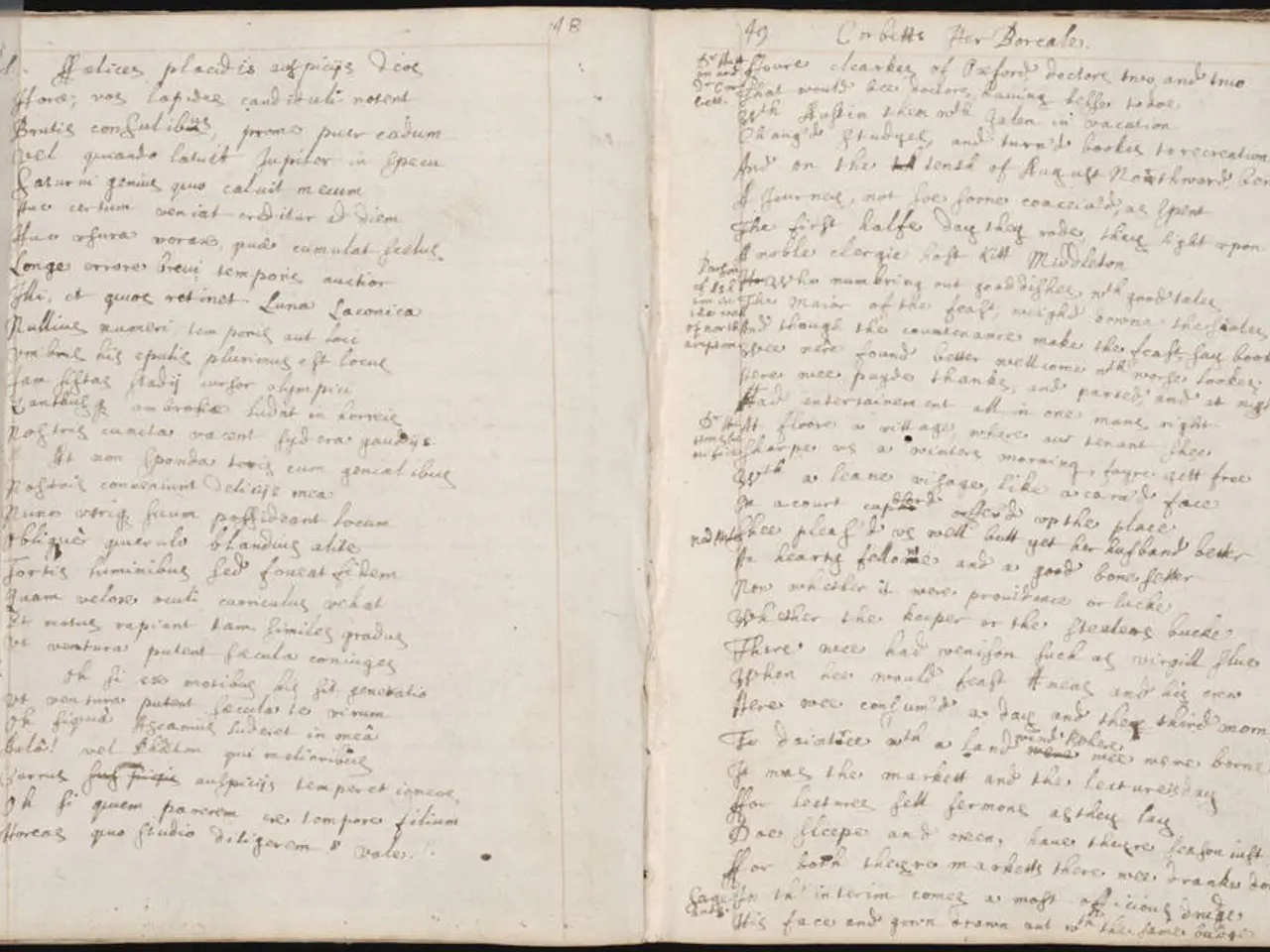Instructions on Conducting Literature Reviews
Descriptive literature reviews are an essential tool for researchers and practitioners seeking to gain a comprehensive understanding of a specific topic. These reviews provide a clear and comprehensive overview of existing literature, focusing on the structured summary of qualitative research findings.
The Process of Conducting a Descriptive Literature Review
- Problem Formulation: The first step involves defining the topic or research problem and clarifying its component issues to guide your review focus.
- Literature Search: The next step is to systematically search for relevant sources using databases and keywords related to your topic. Common databases include Google Scholar, JSTOR, PubMed, and others.
- Source Selection and Evaluation: Assess the relevance, credibility, and significance of found literature. Choose those that contribute meaningfully to understanding the topic.
- Organization and Synthesis: Arrange the selected literature by common themes, topics, or chronological order. Summarize the key points without critiquing or analyzing deeply.
- Writing the Review: Present the compiled information clearly, using subheadings if necessary to organize themes. Cite all sources carefully and ensure your synthesis is coherent and concise.
- Clarification from Stakeholders (if applicable): For academic assignments, clarify with instructors regarding the scope, source types, and expectations for evaluation or synthesis style.
Key Aspects of Descriptive Literature Reviews
A descriptive literature review maps out what has been studied and reported on a topic in a clear summary format, focusing mainly on reporting findings rather than critical evaluation or synthesis of controversies. These reviews detail the key results, methods, and theoretical frameworks used in relevant studies.
The Value of Descriptive Literature Reviews
Descriptive literature reviews are valuable for researchers and practitioners as they provide crucial context for new research efforts and inform practical applications. They can enable a thematic synthesis of impacts on different demographic groups, such as categorizing results from various studies by age groups or social media platforms used. Additionally, they help identify trends, patterns, and gaps in the literature that can guide future investigations.
Differences from Other Review Types
Descriptive literature reviews differ from narrative reviews and systematic reviews in their goals and methods. Unlike systematic reviews, descriptive reviews are methodologically less stringent and do not have to meet predetermined criteria to answer a specific research question. They are useful when they consolidate a broad field of study to provide a foundational understanding for new researchers or practitioners entering the field.
Leveraging Technology for Descriptive Literature Reviews
To streamline the process of conducting a descriptive literature review, consider using our intuitive data analysis platform. This tool can help you develop a search strategy, conduct the literature search, and organize your findings, making it easier to create impactful literature reviews.
- "In the process of conducting a descriptive literature review, it is essential to leverage online-education platforms to access various sources related to the topic, such as Google Scholar, JSTOR, and PubMed."
- "Upon organizing and synthesizing the selected literature, one can codes the key points and findings to facilitate easy understanding and comparison, which is an important aspect of both education-and-self-development and online-education."




